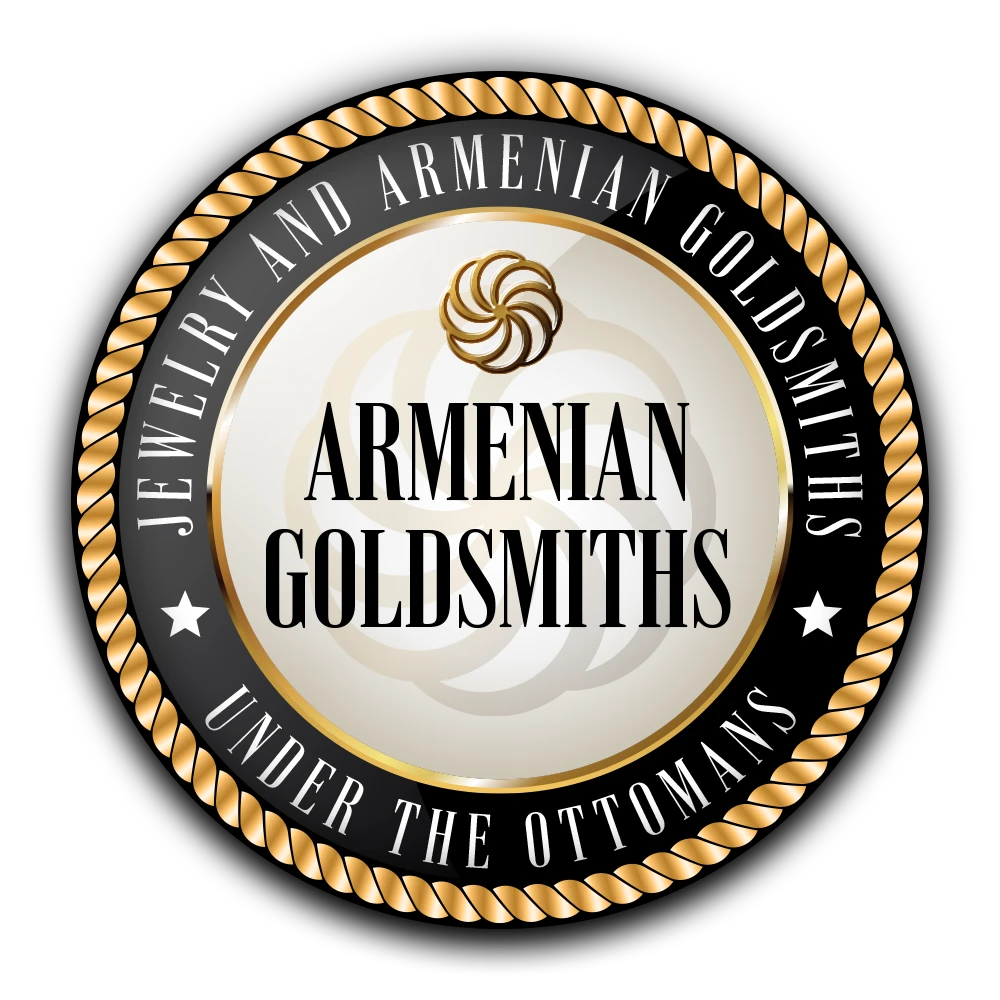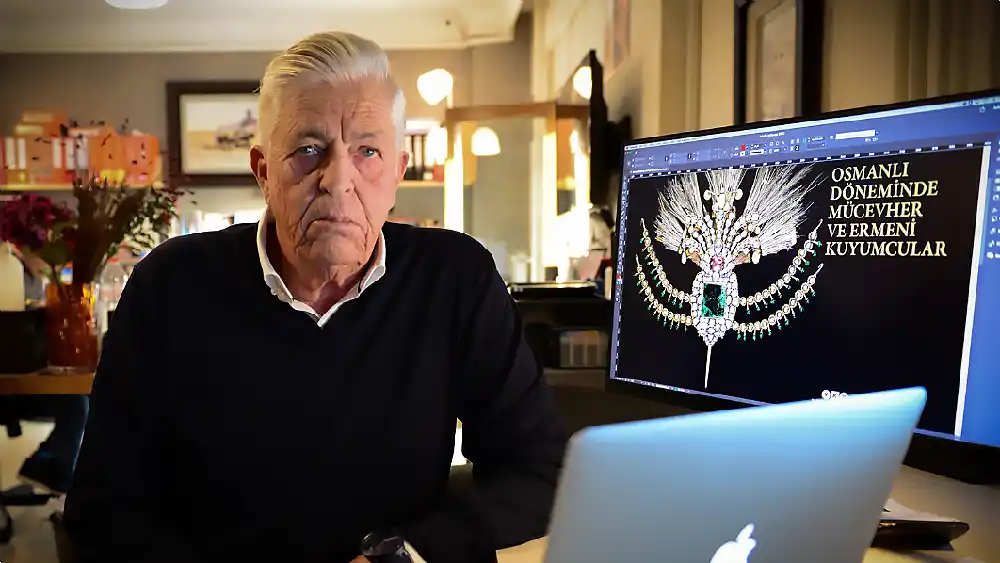
Who is Arsen Yarman
Biography and Works
Arsen Yarman is a member of the Armenian “Yarmayan” family from Tokat, a city in central Anatolia. The origin of the surname “Yarmayan” is not very clear: whether it was due to the family’s profession in the grain trade and derived from the Turkish word “yarma”, which means cracked wheat, or from “Yermeni/Yarmeni”, which was the word frequently used in early Ottoman sources to refer to “Armenian” instead of the Turkish word “Ermeni”. Furthermore, we know that the family was also engaged in coppersmithing and hand-painted kerchiefs.
A large part of the family, whose names appear as Yarmayan-Yarmaoğlu in Ottoman archival documents, lost their lives in the 1915 catastrophe. Arsen Yarman’s grandfather Harutyun Yarmayan managed to survive and had the opportunity to return to Tokat with his wife and three children after these events, but the political instability in 1921 forced him to migrate from Anatolia to Istanbul with his family. In 1935, when the Surname Law came into force, the family’s surname “Yarmayan” was registered as “Yarman”.
Grandfather Harutyun Yarman supported his family with hardware and blacksmithing in Istanbul, and having started in a modest workshop he gradually developed his business taking a step towards industrialism. He was successful and broke a lot of new ground in the local marketplace. During this period, he was the first person in Turkey to produce tools and implements such as pitchforks, rakes, shovels, buckets, engineering axes, smoke grenades, air defense lamps, mobile disinfectors, mobile seed cleaners etc.
With Mihran Yarman, son of Harutyun and father of Arsen, the process of professional competition and cooperation began to develop within the family. Unfortunately, the unjust Wealth Tax (Varlık Vergisi), which came into force in Turkey in 1942, meant that the family’s economy suffered a major disruption and collapsed for the third time. On top of that, unable to pay the tax in full, Mihran Yarman was, along with other non-Muslim taxpayers, exiled for a year to the Kop Mountain labor camp in Aşkale as Number 1 in the 1st Group laboring as a road worker. Upon his return from exile, he started his industrial business from scratch. (In the interviews with Arsen Yarman in the Toplumsal Tarih Magazine September and December 1999 issues, the family’s history and their experiences during the Wealth Tax are described in detail).
Arsen Yarman was born in Istanbul in 1949. After completing his primary education at Pangaltı Mekhitaryan Armenian School in Istanbul, he attended Mourad Raphaelyan Armenian School in Venice, and completed his secondary, high school and university education in Italy. Besides Turkish and Armenian, he is fluent in Italian and French.
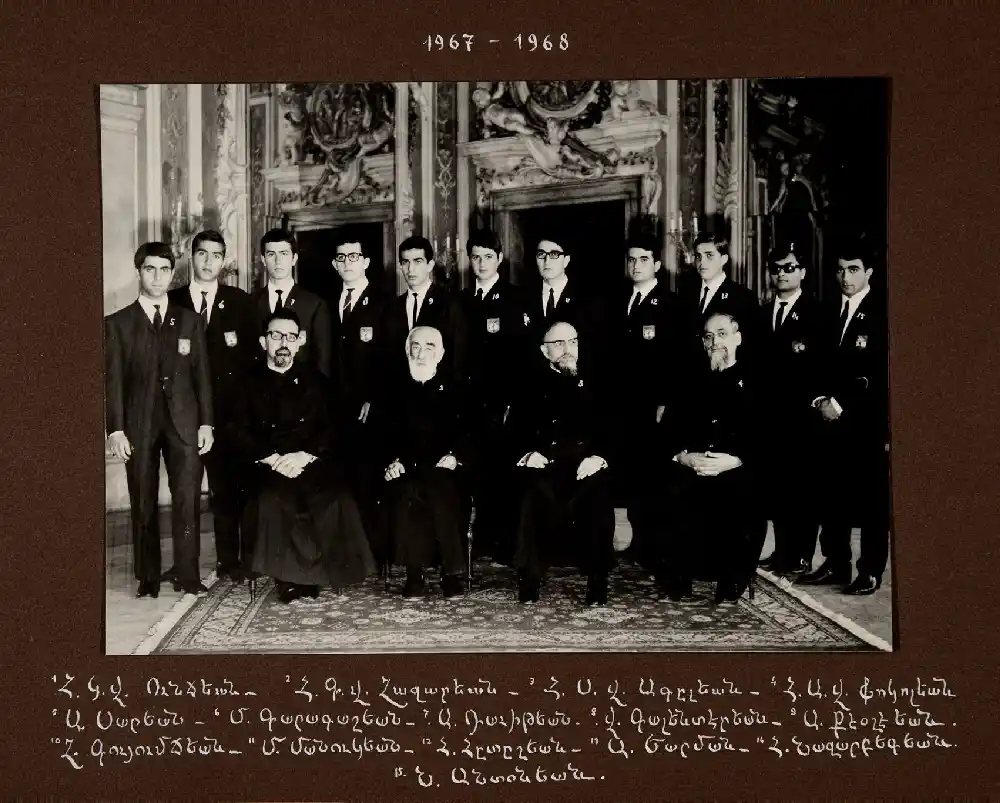
Arsen Yarman represents the third generation of the family in the family business, which he took over after having completed his compulsory military service. He continued to work as an industrialist until he retired in 2001 due to the economic crisis. While under his management, the family business received many awards as manufacturer of asphalt machinery and plants in the heavy machinery industry.

While getting ready for his retirement, Yarman focused his research and reading on history and published articles in various Armenian and Turkish publications (Marmara Newspaper, Toplumsal Tarih Magazine, Agos Newspaper, Surp Pırgitch Armenian Hospital Magazine, Paros Magazine, Kebikeç Journal etc.). He has contributed to various prominent Turkish and foreign historians and researchers, and has carried out studies especially on the Armenian social, cultural and artistic life in the Ottoman Empire up to the present.
Arsen Yarman was not contented with historical studies alone, but has also played a leading role in various institutions and organizations of the Turkish Armenian community to which he belongs, and has provided moral and material support to these institutions. Between 1997 and 2001, and 2010 and 2015, he served as a member of the Board of Directors of the Surp Pırgitch Armenian Hospital Foundation, one of the Turkish Armenian’s most important and historical institutions.
Yarman has been involved in the management of the Surp Pırgitch Armenian Hospital Foundation Journal since 1997, determining the content and visual design of the journal as well as contributing his own articles. Even when he was not on the board of directors of the Surp Pırgitch Armenian Hospital Foundation, he continued for more than 20 years to support the Surp Pırgitch Armenian Hospital Foundation Journal with articles and advice until 2018.
In accordance with the regulations of the Surp Pırgitch Armenian Hospital Foundation, he was involved in the design and production of the gold, silver and bronze medals presented to the hospital’s benefactors and those who contributed to the hospital with their services. He also undertook a particular responsibility for the hospital’s cultural endeavors, a traditional feature of the hospital, and has been instrumental to the writing and production of many brochures and books. Notable among these brochures are The History of the Surp Pırgitch Armenian Hospital, The Surp Pırgitch Armenian Hospital Pharmacy, and Announcements and Advertisements in the Surp Pırgitch Annuals.
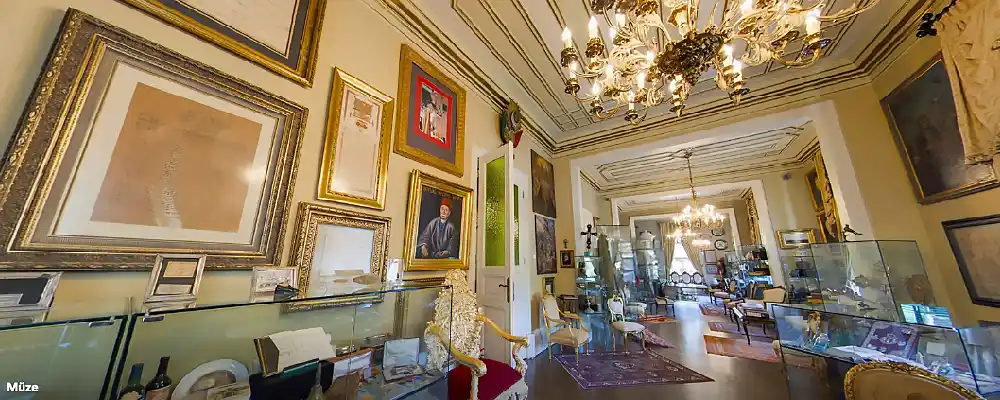
In accordance with the regulations of the Surp Pırgitch Armenian Hospital Foundation, he was involved in the design and production of the gold, silver and bronze medals presented to the hospital’s benefactors and those who contributed to the hospital with their services. He also undertook a particular responsibility for the hospital’s cultural endeavors, a traditional feature of the hospital, and has been instrumental to the writing and production of many brochures and books. Notable among these brochures are The History of the Surp Pırgitch Armenian Hospital, The Surp Pırgitch Armenian Hospital Pharmacy, and Announcements and Advertisements in the Surp Pırgitch Annuals.
In 2004, Yarman pioneered the idea of establishing the Surp Pırgitch Armenian Hospital Foundation Museum, which today reflects the contributions of the Armenian community to the history of Turkish medicine and is a source of pride for the Armenian community. By the decision of the Surp Pırgitch Armenian Hospital Board of Directors he was assigned to establish the museum. He also undertook the curation of the museum and the production of the Museum Booklet. And for these services, he was presented with the “Surp Pırgitch Armenian Hospital Gold Medal of Appreciation”.
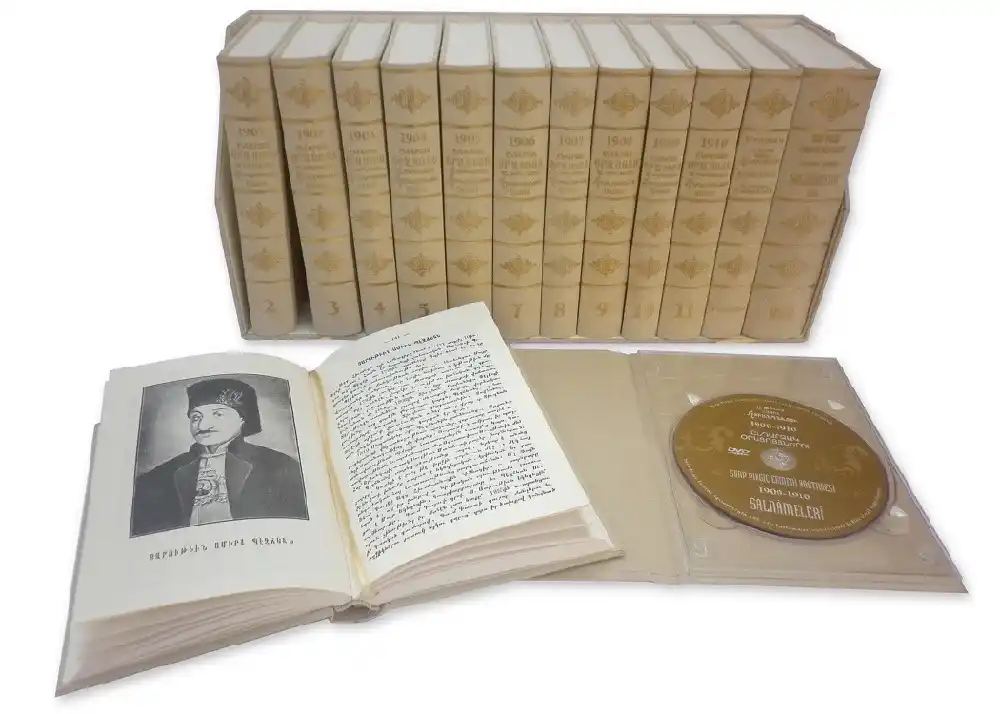
In 2005, he was recognized by Patriarch Mesrob II Mutafyan, 84th Armenian Patriarch of Turkey, with an official declaration of gratitude on behalf of the patriarchate for his contributions and support to the restoration of the patriarchate building, whose foundations were damaged in the 1999 earthquake.
In 2006, together with the Patriarchal Office’s First Secretary, Archpriest Hovagim Seropyan, Yarman undertook to coordinate the establishment of the Hovhannes Golod Museum of the Armenian Patriarchate of Turkey and to curate it. For his contributions to the museum, he was presented with an official declaration of gratitude and a medal of gratitude by Patriarch Mesrob II Mutafyan on behalf of the patriarchate.
Yarman joined the team that determined and implemented the projects of the Armenian community participating in the activities organized upon the declaration of Istanbul as the 2010 European Capital of Culture. In this context, he participated in the restoration project of court architect Krikor Amira Balyan’s Vortvots Vorodman Church, located within the complex of the Armenian Patriarchate of Turkey, to be used as a concert, exhibition and conference center. He was also the project coordinator of the two-volume book titled Ottoman Music and Armenians, Armenian Composers in Classical Armenian Music, published on behalf of the Surp Pırgitch Armenian Hospital Foundation as part of the 2010 Istanbul European Capital of Culture.
In 2012, among the events marking the 500th anniversary of the Armenian printing press and the 180th anniversary of the foundation of the Surp Pırgitch Armenian Hospital, Yarman produced Turkish and Armenian index volumes with the facsimile edition of the historical Armenian annuals of the hospital between 1900 and 1910, which have directly or indirectly contributed to many studies in subjects such as history, sociology and literature, especially the history of the Turkish Armenians.
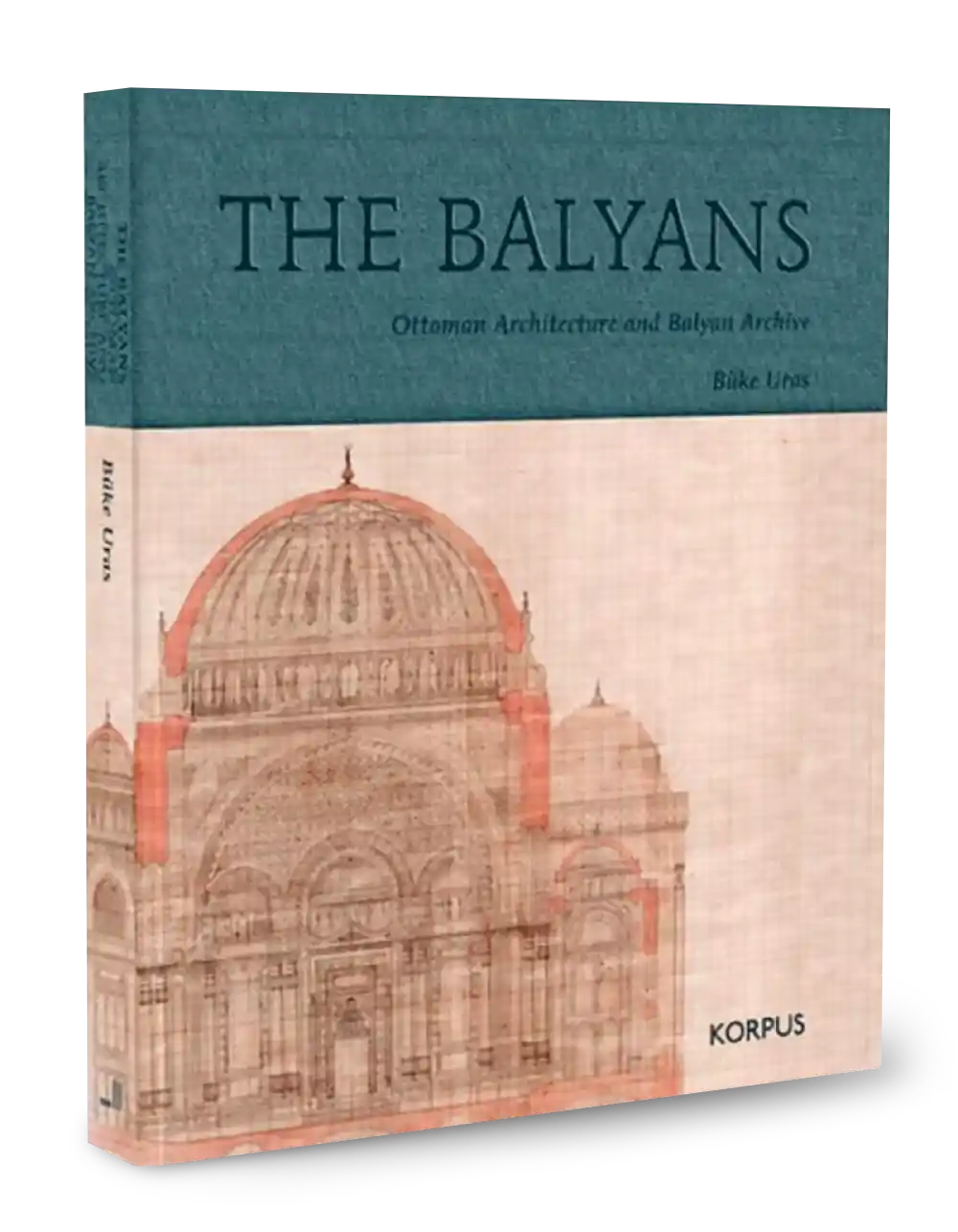
He assumed the role of Chairman of the Organizing Committee and project coordinator for the 180th Anniversary Celebrations of the Hospital and was included in the curatorial team of the exhibition (June-July 2012), assumed the production of the exhibition catalogue. He was awarded the “Surp Pırgitch Armenian Hospital Foundation’s Silver Medal of Gratitude” for his contributions.
Again in 2012, for his contributions and initiatives as a member of the board of directors of the Surp Pırgitch Armenian Hospital and for his literary work on Armenian history and culture, Arsen Yarman was awarded with the “Gold Medal of Patriarch Maghakya Ormanyan” and the Patriarchal Declaration of Gratitude by the Deputy Patriarch of the Armenians in Turkey, Archbishop Aram Ateshian.
In 2017, he contributed to the publication of the book titled Hagop Meghabard’s Heritage in Turkey, Treasures of Armenian Printing, by the Armenian Patriarchate of Turkey, financed by the Surp Pırgitch Armenian Hospital Foundation and published in three languages: Turkish, Armenian and English, and he conducted the sponsorship follow-up on behalf of the hospital foundation.
In 2021, Yarman was the project coordinator for the book titled THE BALYANS Ottoman Architecture and Balyan Archive, published in Turkish and English by the Armenian Architects and Engineers Association-HAYCAR, and he wrote the book’s foreword.
In addition to the many books and projects he has contributed to and been involved in, Arsen Yarman also authored many historical and major works in Turkish providing a more comprehensive and complete view of the recent Turkish history with a special focus on Armenian history.
Books & Projects
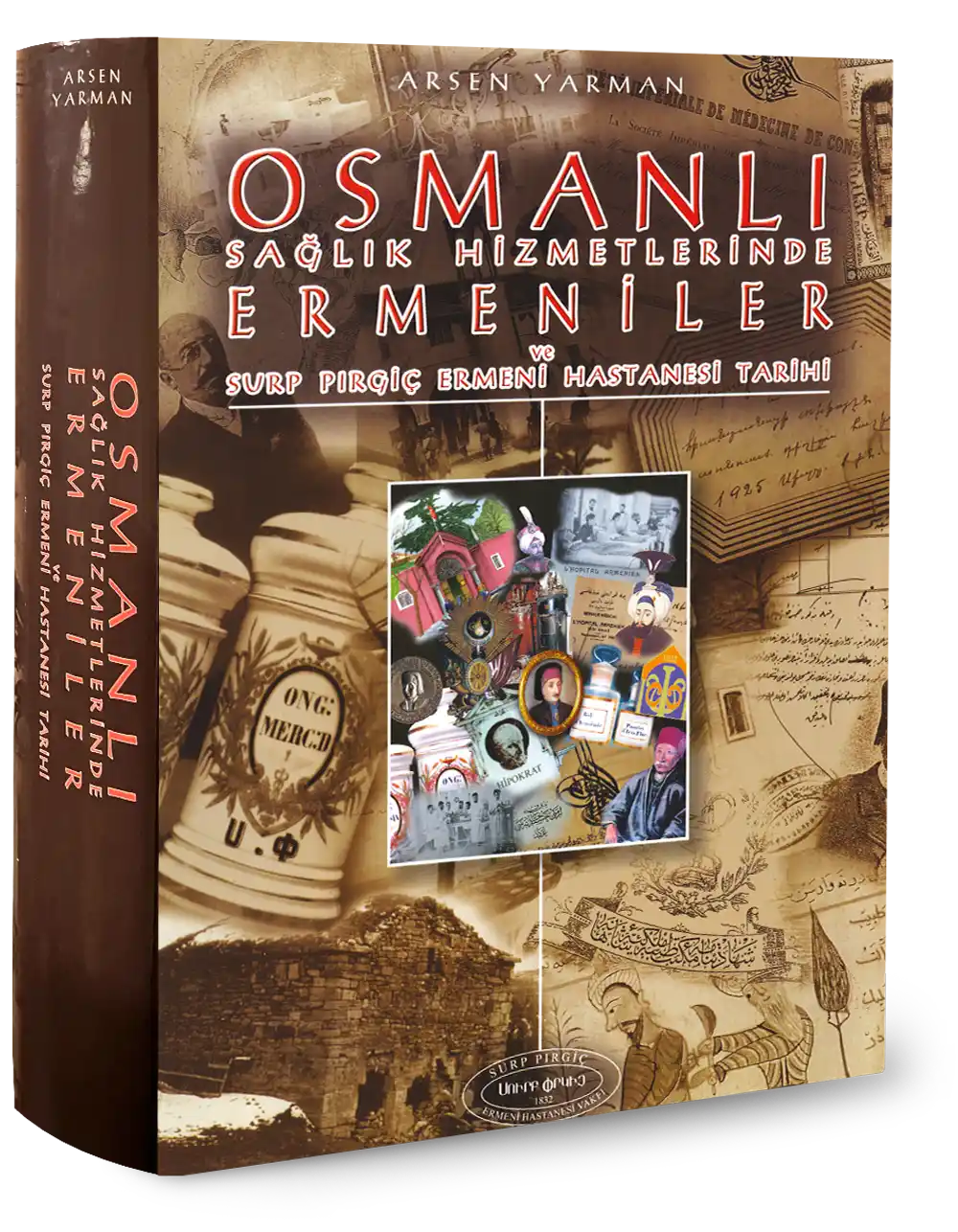
Armenians in Ottoman Health Services and the History of Surp Pırgitch Armenian Hospital
Arsen Yarman’s first comprehensive work on history is entitled Osmanlı Sağlık Hizmetlerinde Ermeniler ve Surp Pırgiç Ermeni Hastanesi Tarihi / Armenians in the Ottoman Health Services and the History of Surp Pırgitch Armenian Hospital (Surp Pırgitch Armenian Hospital Foundation Publications, Istanbul, 2001, 884 pp.). This book describes Armenian contribution to the Ottoman health institutions and education, and presents the history of the Surp Pırgitch Armenian Hospital. It has attracted the attention of people interested in the history of Ottoman medicine, and Yarman has received a lot of recognition and positive reviews in the visual and printed media. Prof. Dr. Léon Schwartzenberg, well-known both as a jurist and professor of medicine, and Prof. Dr. Mete Tunçay, one of Turkey’s most distinguished historians, have each written an introduction to the book. The book tells the history of the hospital within the framework of the Armenians’ contributions to Ottoman health institutions and education and includes approximately 3,000 historical photographs and the biographies of 350 Armenian pharmacists and 350 Armenian doctors. The History of the Armenians in the Ottoman Health Services and the Surp Pırgitch Armenian Hospital was included as a source book in the four-volume work titled History of the Literature of Medical Sciences During the Ottoman Period (Istanbul, 2008) published by the Research Centre for Islamic, Historical, Artistic and Cultural Research (IRCICA) edited by Ekmeleddin İhsanoğlu, and in the study titled Ottoman Medical History Research Selected Bibliography (Ed. Coşkun Yılmaz and Necdet Yılmaz, Biofarma Publications, 2008).
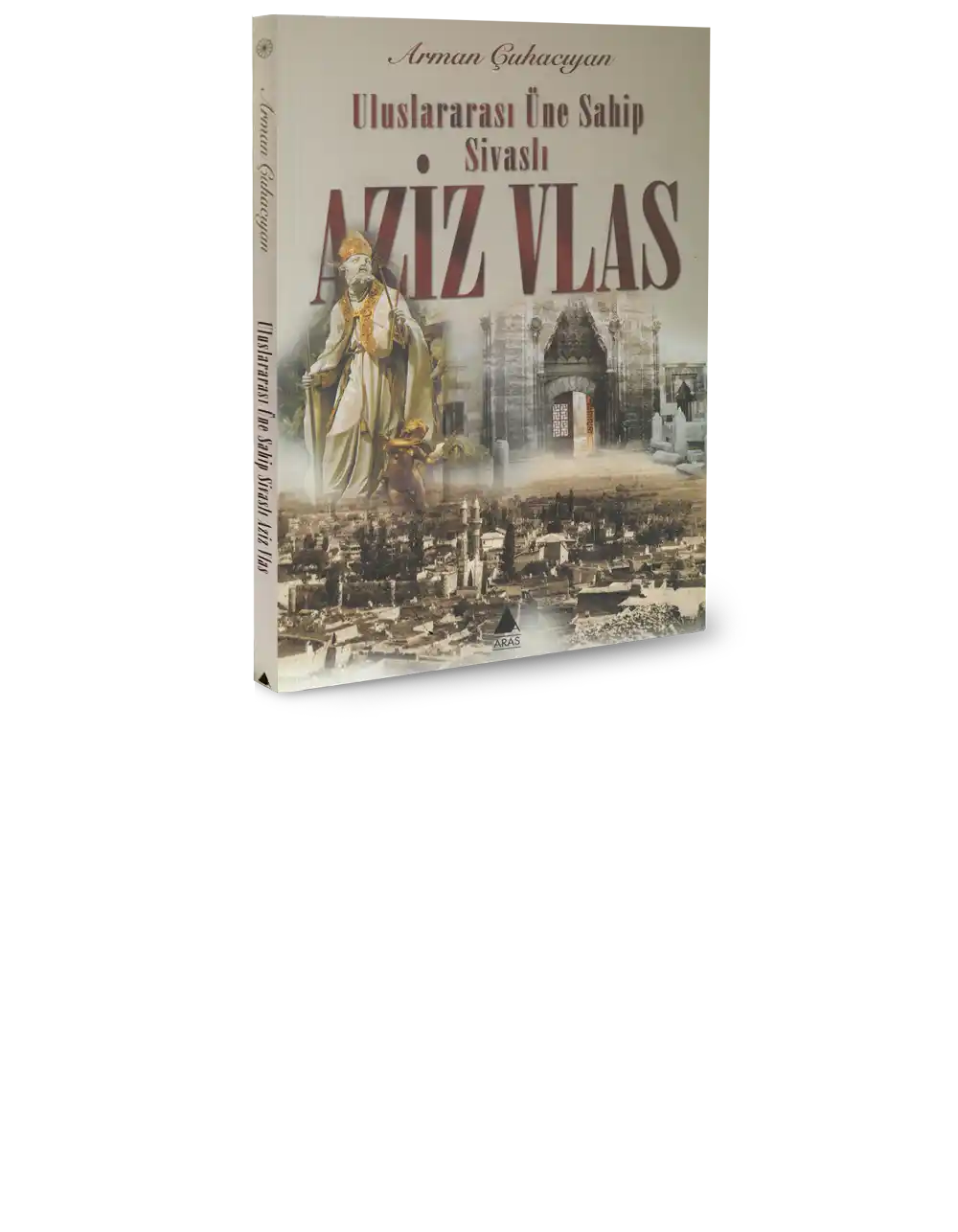
ST. VLAS OF SİVAS
Yarman contributed to the Turkish translation of Arman Çuhadjian’s Uluslararası Üne Sahip Sivaslı Aziz Vlas / St. Vlas of Sivas (Aras Publishing, Istanbul, 2003, 92 pp.) with detailed research and an introduction. In his article, he has not only documented and expanded the Ottoman, Turkish, Greek and especially Armenian sources that were missing in Çuhadjian’s original text, which only used Catholic sources, but also identified the location of the tomb of St Vlas in Sivas by taking advantage of the clues in these sources. Thus, Arsen Yarman introduced St Vlas, who is well known throughout the world, to Turkey, and he has also published other articles on this subject.
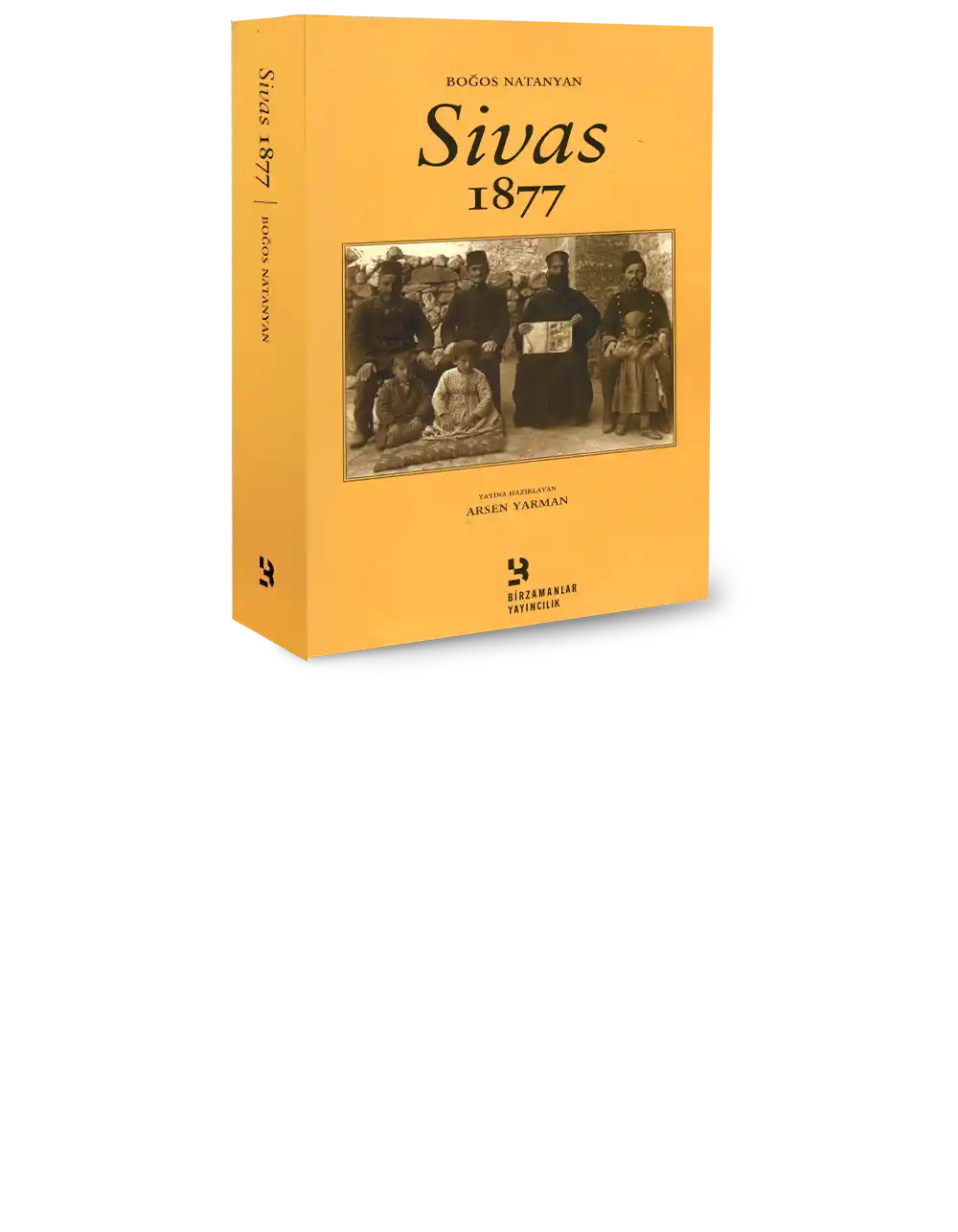
SİVAS 1877
Arsen Yarman edited the book Sivas 1877 (Birzamanlar Publishing, Istanbul, 2008, 560 pp.), which he published under the name of Boghos Natanyan, and wrote a comprehensive research oriented introduction. The book was included in the list of “80 Outstanding Books of 2008” in terms of sales figures, popularity and the debates it caused, and attracted attention with its sources and documents. In addition, researcher, author and former long-serving teacher at Boğaziçi University, John Freely, contributed to the book with an introduction.
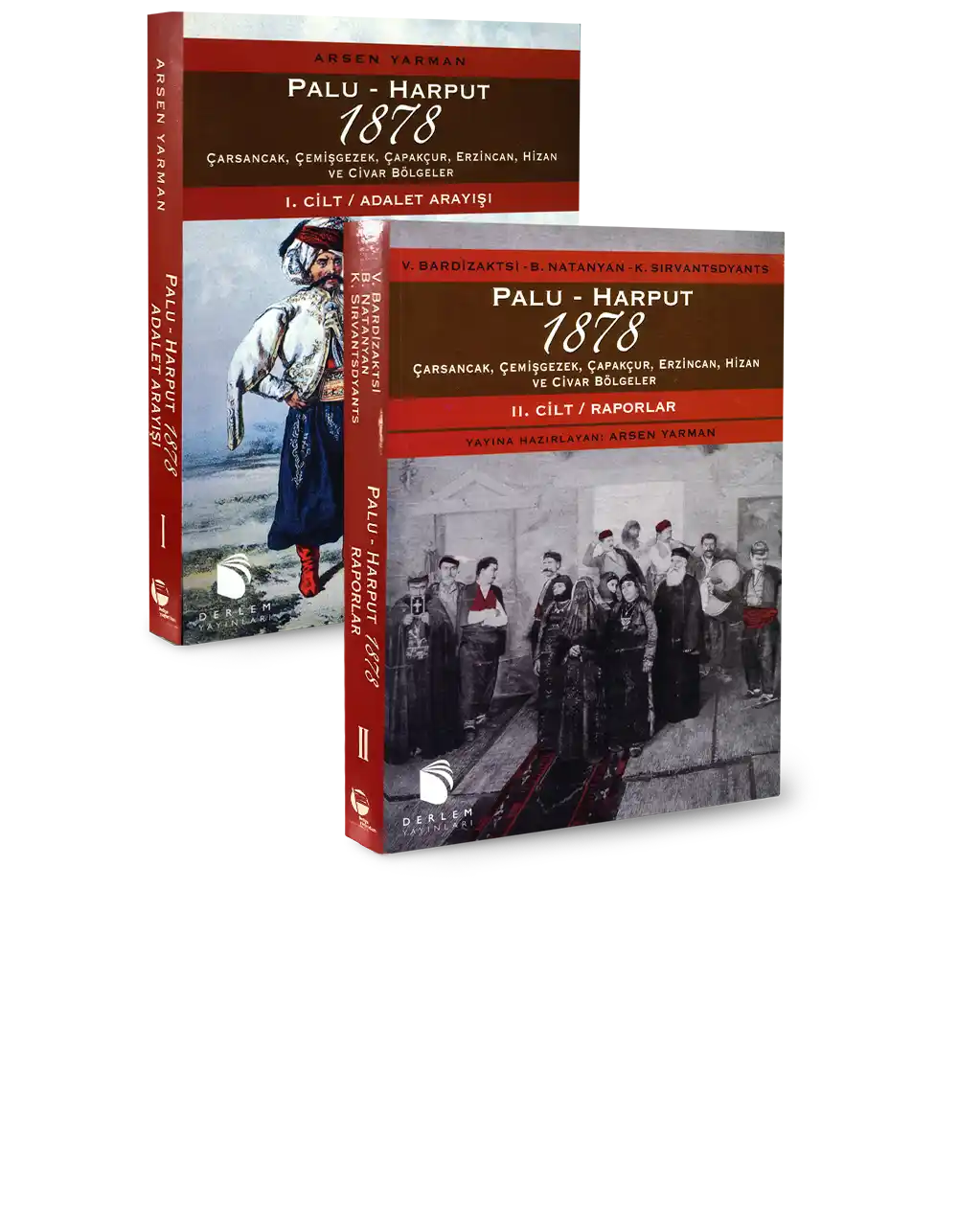
Palu-Harput 1878
Palu-Harput 1878 (Çarsancak, Çemişgezek, Çapakçur, Erzincan, Hizan and Civar Regions) published in 2010 (Derlem Publications, Istanbul, 2010, 2 Volumes, 1090 pp., 2nd Edition: 2015), is an important sizable book that reveals the difficult conditions under which the Armenians in this region lived in the last quarter of the 19th century with documents, archival material and various sources. The introduction was written by Prof. Dr. Donald Quataert, who is working on the history of the Ottoman economy.
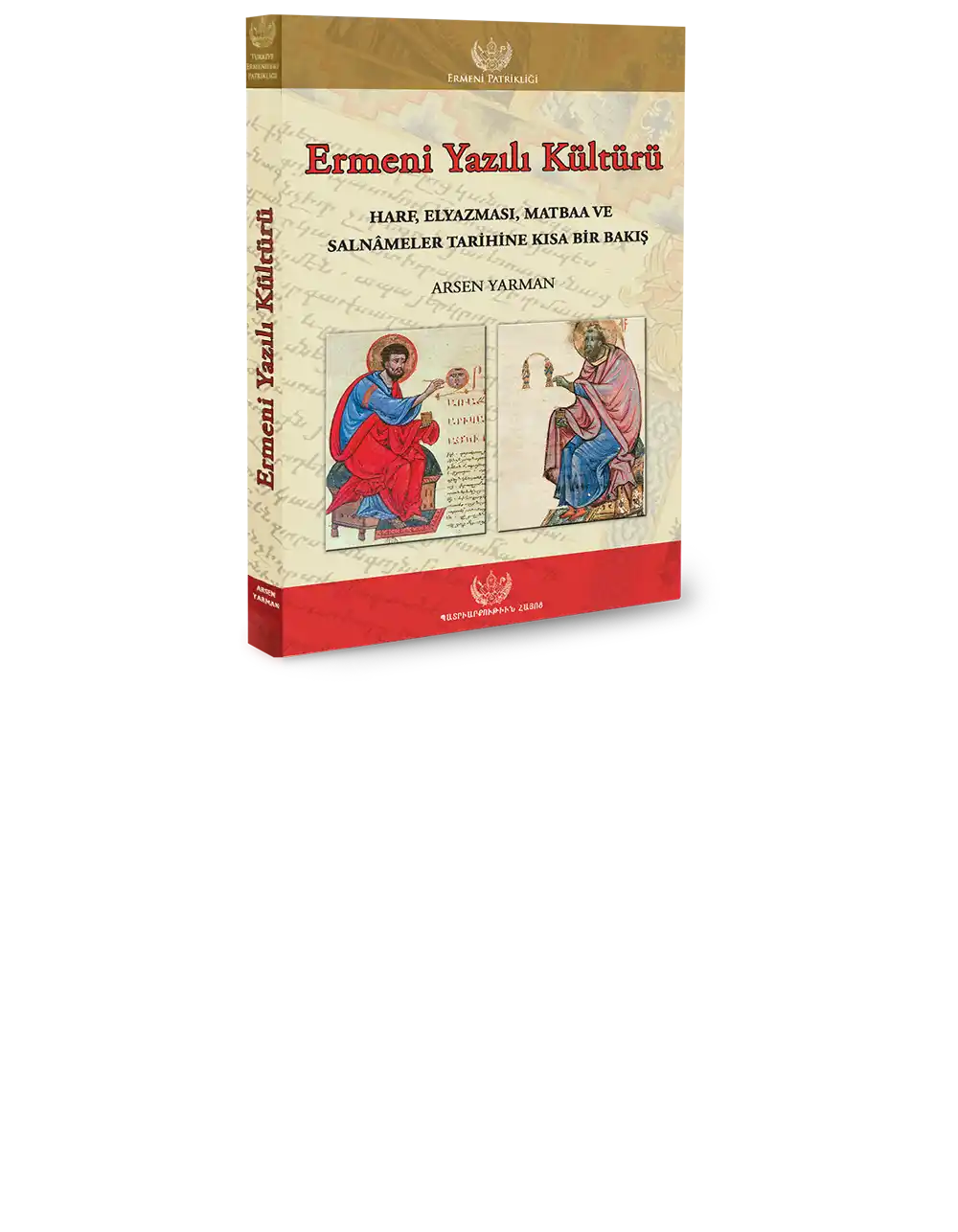
Armenian Written Culture, A Brief Overview of the History of Letters, Manuscripts, Printing Presses and Annuals
In 2012, Yarman published the book titled Ermeni Yazılı Kültürü, Harf, Elyazması, Matbaa ve Salnâmeler Tarihine Kısa Bir Bakış / Armenian Written Culture, A Brief Overview of the History of Letters, Manuscripts, Printing Presses and Annuals (Armenian Patriarchate of Turkey Publications, Istanbul, 2012, 366 pp.).
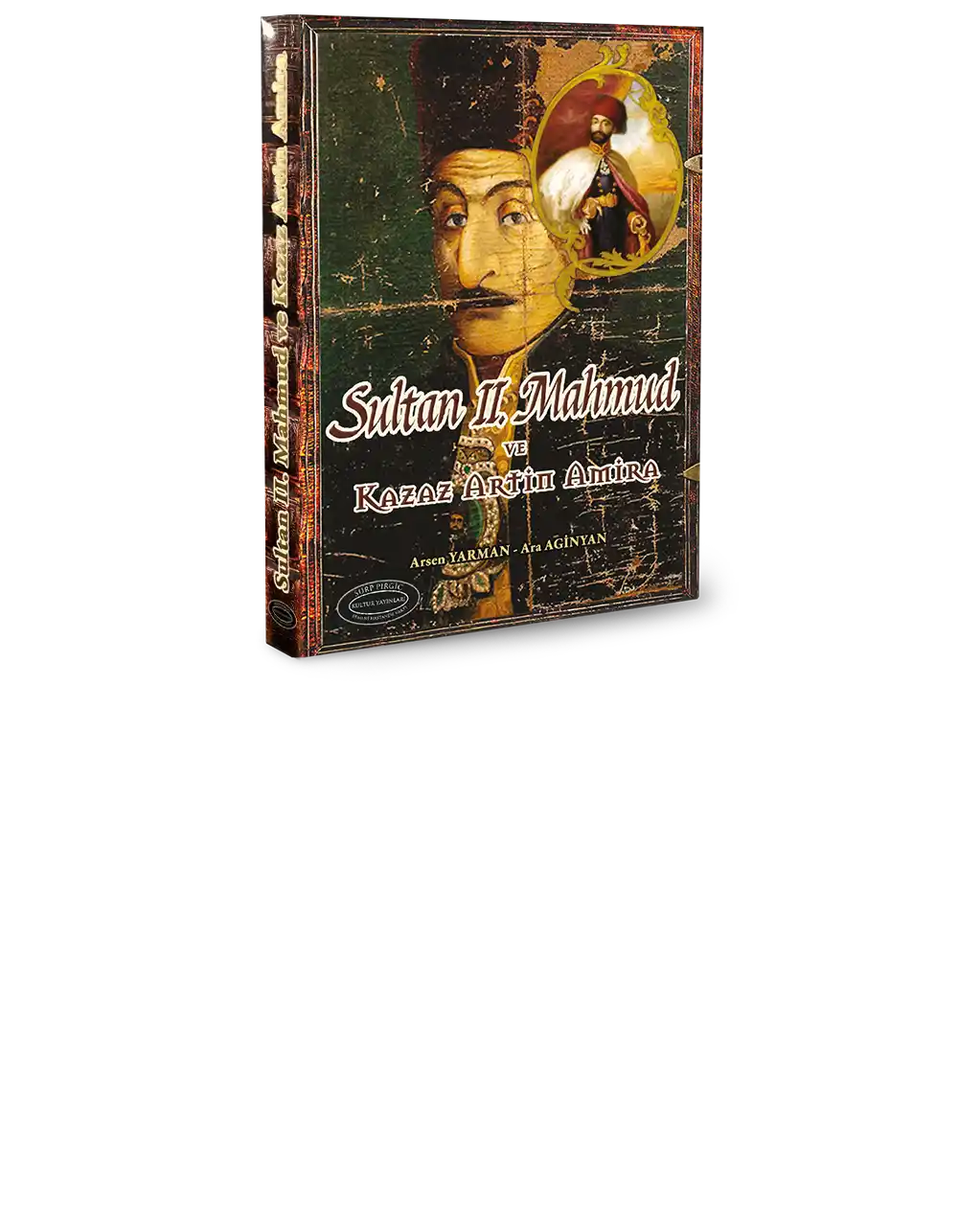
Sultan Mahmud II and Kazaz Artin Amira
In 2013, his book Sultan Mahmud II and Kazaz Artin Amira (Surp Pırgitch Armenian Hospital Foundation Publications, Istanbul, 2013, 507 pp.) was published. Arsen Yarman’s aim with this book is to introduce the historical figure Kazaz Artin (Harutyun) Amira Bezciyan - who strove to strengthen the feelings of solidarity in the social life of Istanbul’s Armenians - to the Armenian youth. The book also includes the Turkish translation of the Armenian novel Haghtanagi Campan (The Road to Victory) published in 1963 by Ara Aginyan. It tells the story of Artin (Harutyun) Amira Bezciyan, the founder of the Surp Pırgitch Armenian Hospital, his relations with Sultan Mahmud II and the story of the founding of the hospital. The introduction was written by Prof. Edhem Eldem, a faculty member of Boğaziçi University.

Armenian Medical Society (1912-1922), An Institution from Medicine to Politics in the Ottoman Society
In 2014, Ermeni Ettıba Cemiyeti (1912-1922), Osmanlı’da Tıptan Siyasete Bir Kurum / Armenian Medical Society (1912-1922), An Institution from Medicine to Politics in the Ottoman Society (Tarih Vakfı Yurt Yayınları, Istanbul, 2014, 488 pp.) was published. The book represents the tragic story of a medical society founded by the Armenians in Istanbul at the beginning of the 20th century. While it focuses on the medical developments of the period, it can also be seen as a different approach to the 1915 catastrophe. At the same time it tells the story of the foundation of UMAF (Union Medicale Arménienne de France) and AMIC. The names and biographies of 490 Armenian doctors and nearly 100 Armenian pharmacists are presented with approx. 100 photographs and documents reflecting the spirit of the period. Prof. Dr Christoph K. Neuman contributed to the book with his introduction.

Jewelry and Armenian Goldsmiths under the Ottomans
(TURKISH VERSION)
In 2022, Arsen Yarman’s masterpiece, Osmanlı Döneminde Mücevher ve Ermeni Kuyumcular / Jewelry and Armenian Goldsmiths under the Ottomans (Yapı Kredi Publications, Istanbul, 2022, 2 Volumes, 1447 pp.) was published. It is the result of a long, arduous and comprehensive study over eight years, examining Ottoman Armenian jewelry and goldsmithery, which became a symbol of the power, wealth and magnificence of the Ottoman Empire, in the triangle of history, aesthetics and labor. It is supported by international sources, testimonies and documents, especially Armenian and Ottoman sources. It has been met with great interest and appreciation by literary and academic circles and art lovers in Turkey and abroad. These volumes contain more than 750 archival documents, around 1200 photographs, images and paintings, 270 jewelry design sketches, as well as 57 pages of explanatory notes and an 18-page bibliography. The book went out of print within 18 months.
